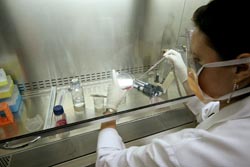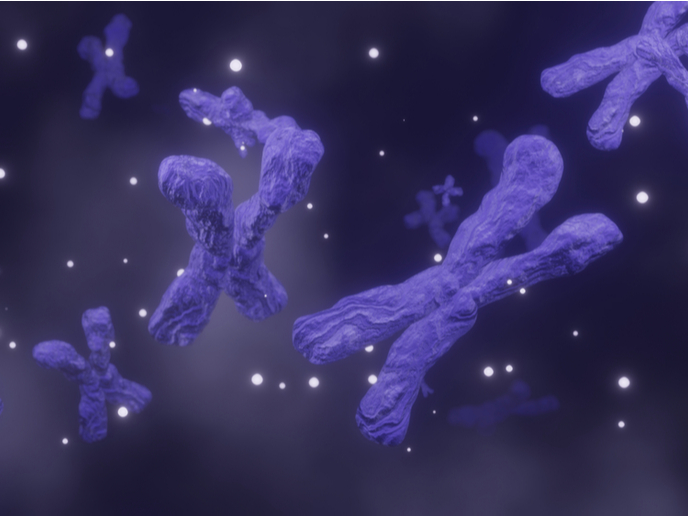Protein profile of ageing T cells
T cells are pivotal, not only in the immune system as the main source of adaptive immunity, but to cell function generally. They are involved in senescence of the immune system and the cellular dysfunction apparent as ageing progresses. The European funded project T-CIA investigated immunity and changes during ageing of the immune system in the cell chemistry of young and old, healthy and not so healthy, donors. As a part of this study, scientists at Unilever in the UK profiled the protein changes produced by early and senescent T cells. In this way, biomarkers of senescence could then be identified. To obtain a protein profile as cells aged in vitro, advanced biomolecular analysis techniques were used. These included the latest, most appropriate versions of affinity chromatography, mass spectrometry and peptide mass fingerprinting. Biomarker analysis with software designed specifically for biosystems was then used to identify differential protein expression. A consistent pattern of protein profile changes was obtained and important proteins were identified. Several candidate proteins were isolated that are integral for basic cell processes such as lipid metabolism and calcium signalling. One of the most significant indicators was that involving the proteins for the assembly and disassembly of actin. Actin is one of the structural proteins involved in the cellular skeleton and is involved in cell division, contraction in muscle cells and signalling. Cytoskeletal remodelling then may well be a feature of the ageing cell. The differences in protein expression in ageing cells may well be highly important indicators of changes brought about by senescence. Identification of these could pave the way to the development of anti-ageing interventions on a biochemical level.







